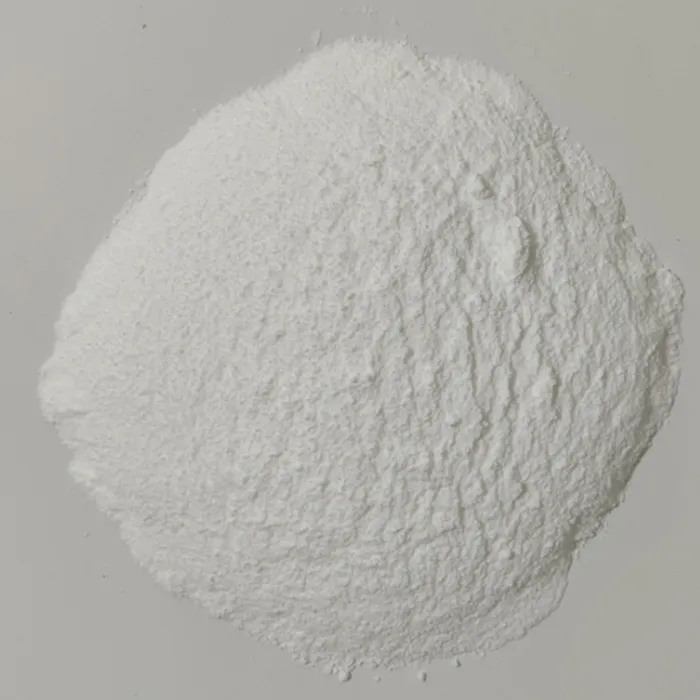The Role of Polyelectrolytes in Water Treatment
Water, a vital resource for life on Earth, often comes with impurities that make it unfit for consumption and industrial applications. As societies strive for sustainability and cleaner water resources, various treatments and technologies have been developed to address water quality challenges. One such promising solution is the application of polyelectrolytes in water treatment processes.
What Are Polyelectrolytes?
Polyelectrolytes are large molecules that carry charged groups, either positive (cationic) or negative (anionic), along their backbone. They can be natural, such as proteins or polysaccharides, or synthetic, including various polymeric substances designed for specific functions. Their charged nature allows them to interact effectively with colloids, suspended particles, and other impurities found in water, making them invaluable in various water treatment applications.
Mechanisms of Action
Polyelectrolytes primarily function through charge neutralization and adsorption. In many water sources, contaminants like sediment, bacteria, and organic matter are often negatively charged. By introducing cationic polyelectrolytes into the water, these contaminants can be neutralized through electrostatic interactions. Once neutralized, the particles tend to agglomerate, forming larger flocs that can be more easily removed from the water through sedimentation or filtration.
In addition to charge neutralization, polyelectrolytes can serve as stabilizers or flocculants. They promote the formation of a gel-like structure that traps particles and microorganisms, enhancing the removal efficiency in subsequent treatment stages. Synthetic polyelectrolytes are often tailored for specific applications, allowing for better control over these processes and enhanced performance.
Applications in Water Treatment
polyelectrolyte water treatment chemical

The use of polyelectrolytes spans a variety of water treatment processes, including drinking water purification, wastewater treatment, and sludge dewatering. In drinking water treatment, they are commonly employed to remove turbidity, color, and pathogens. By using polyelectrolytes before sedimentation or filtration, treatment facilities can significantly reduce the concentration of harmful substances, leading to cleaner and safer drinking water.
In wastewater treatment, polyelectrolytes are essential for clarifying effluents and enabling the removal of organic and inorganic pollutants. They are particularly effective in industrial wastewater treatment, where complex mixtures of contaminants often pose significant removal challenges. The adoption of polyelectrolytes in these processes improves settling rates and reduces the volume of sludge produced, which subsequently optimizes overall system performance.
Sludge dewatering, another critical aspect of wastewater management, benefits significantly from the integration of polyelectrolytes. By promoting the aggregation of flocs, polyelectrolytes enhance the efficiency of dewatering processes—contributing to reduced disposal costs and improved recycling of water.
Environmental Considerations
While the benefits of polyelectrolytes in water treatment are significant, it is essential to consider their environmental impact. The choice of polyelectrolyte type can lead to varied outcomes in terms of biodegradability and toxicity. Natural polyelectrolytes, such as chitosan, are often preferred due to their lower environmental footprint, while synthetic options may raise concerns regarding residual toxicity.
Researchers continue to explore biodegradable polyelectrolytes that can minimize environmental effects while still delivering effective water treatment results. Furthermore, ongoing studies are investigating how combinations of different types of polyelectrolytes can enhance treatment efficacy while adhering to sustainability benchmarks.
Conclusion
In conclusion, polyelectrolytes are pivotal in the advancement of water treatment technologies. Their ability to effectively agglomerate and remove contaminants has made them crucial for ensuring the safety and quality of both drinking and wastewater. As the demand for cleaner water continues to grow in our increasingly polluted world, the development and application of polyelectrolytes will likely expand, promoting enhanced water treatment processes that are environmentally sound and sustainable. The future of water treatment hinges not only on technological advancements but also on the responsible use of chemicals, making the role of polyelectrolytes more vital than ever.

